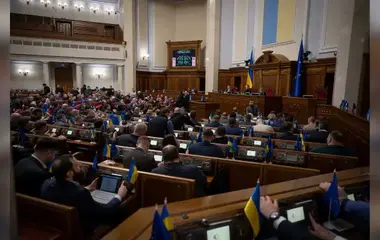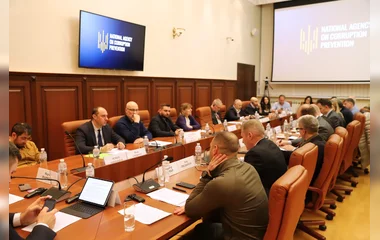Although some countries in the sanctions coalition have banned the import of Russian diamonds, this ban still applies only to rough diamonds. After Russian diamonds are processed in third-world countries (mainly India and China), they receive the status of "mixed", which means that they can be freely supplied to the markets of the G7 countries.
It is important to introduce a complete ban on the import of Russian diamonds by the countries of the sanctions coalition as soon as possible, as well as ensure an effective system of identification and traceability of the diamond's origin, in order to minimize the ways for Russia to circumvent such a ban.
India, the UAE, and Belgium are the three largest hubs where Russian diamonds can turn into "mixed" diamonds. The United States, China, and the EU are their largest consumers. Blood diamonds have no place on the global market. Ethical consumption has never been more important for the diamond industry.
The NACP has already sent proposals to the Security Service of Ukraine and other responsible authorities to impose sanctions against Russian diamond companies. More information about other companies or individuals included in the NACP's sanctions lists can be found on the War and Sanctions portal in the section "Candidates for sanctions". The role of the NACP in sanctions policy is envisaged in the Roadmap for Individual Sanctions developed by the Stanford International Working Group on Russian Sanctions.








